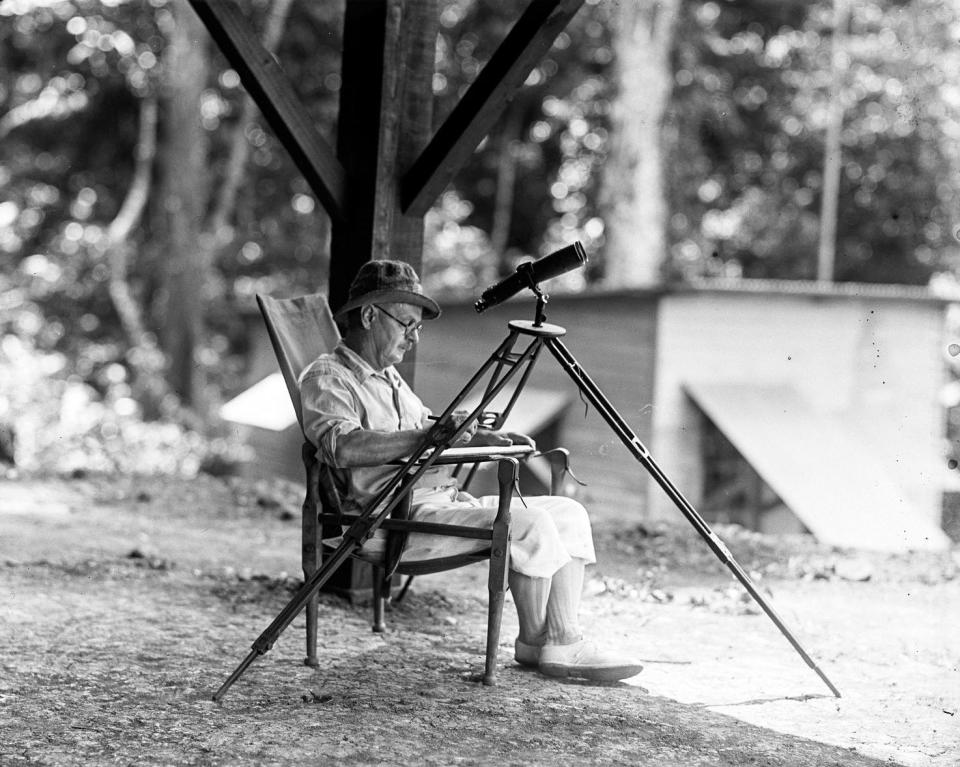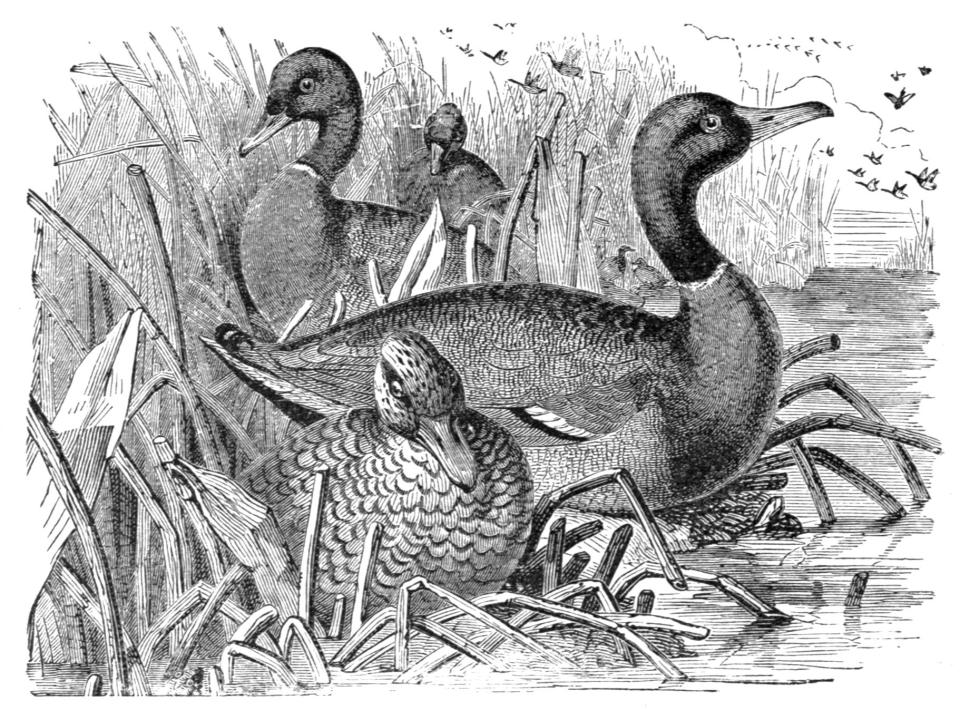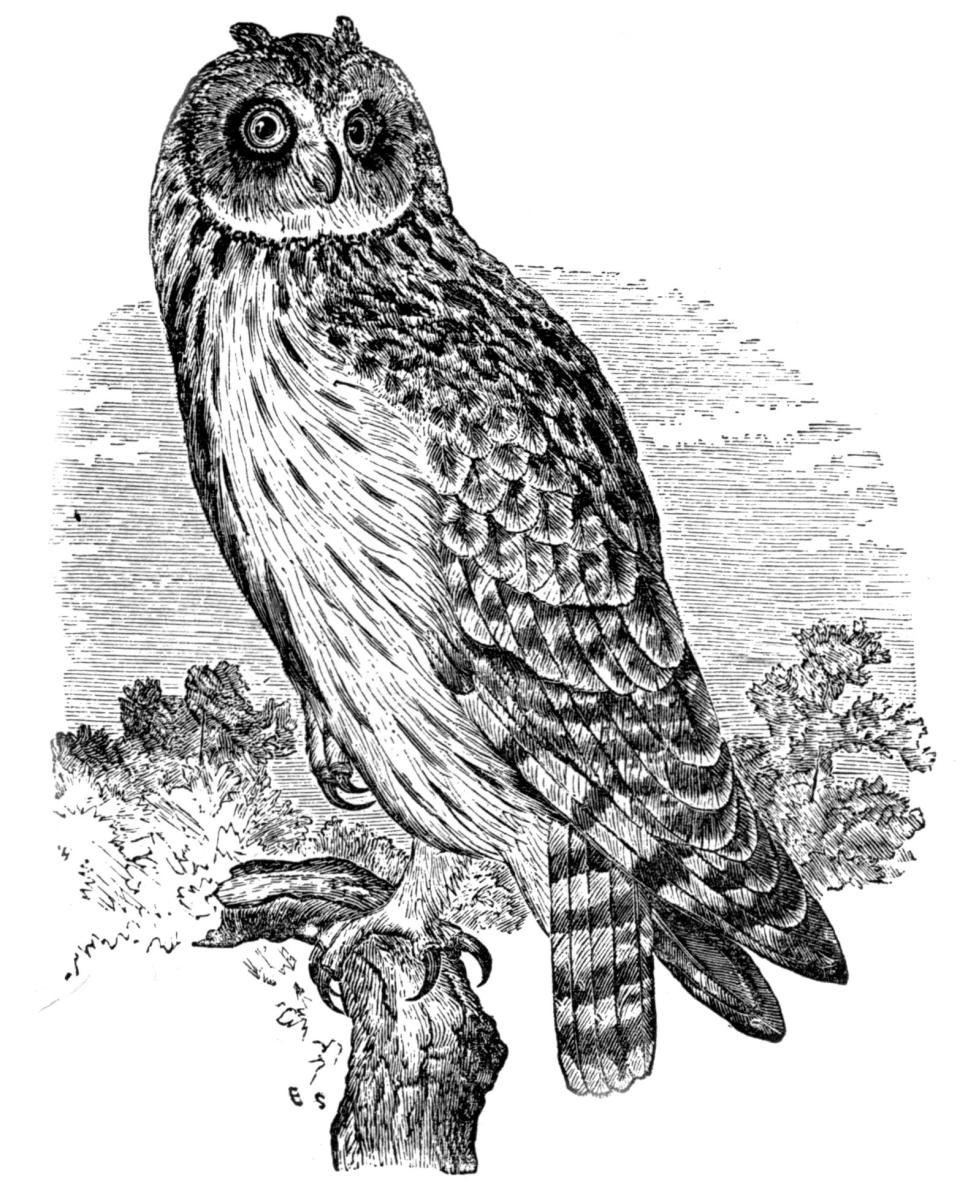A Bird’s-Eye View: Frank Chapman was a pioneer in bird conservation
- Oops!Something went wrong.Please try again later.
Each May, hundreds of birdwatchers scramble across New Jersey for the World Series of Birding. They come for the wide variety of birds, sure, but they might not come at all if it wasn't for Frank Chapman.
Born in June 1864 in West Englewood (now Teaneck), Chapman grew up next to an orchard on then-rural Teaneck Road. After he graduated from Englewood High School at 16, he followed his father to Wall Street and entered the banking industry.
The Gilded Age was nearing. Prosperity beckoned. Chapman, though, was having second thoughts after he met bird enthusiast Frederick Dixon of Hackensack on a commuter train. He began to dive deep into ornithology and to expand his knowledge as well as his social circle.

At 25, he was at a crossroads, James Huffstodt wrote in his 2022 biography on Chapman, "The Man Who Loved Birds." He could accept certain financial security or cast it aside to pursue his passion for wildlife as an independent naturalist.
Chapman's gravestone reads: "He taught men to know birds, children to love them." It's not hyperbole.
Changing the conversation on birds
At the end of the 19th century, birds were often seen stuffed and pinned to women's hats. Chapman in 1886 documented a two-day stroll through New York City, wherein he found nearly four out of five women wearing hats decorated with birds, bird parts or plumage.
On most other occasions, birds were targets to be shot. When Chapman introduced the Christmas Bird Census (now Count) in 1900, America's Dec. 25 tradition was to count how many wild birds you could kill in one day.
Unconscionable culling, however, wasn't Chapman's thing. He championed conservation and had a strong ally in fellow naturalist and birdwatcher Theodore Roosevelt. If he wasn't a politician, Roosevelt said he wanted to be like Chapman. The two became friends before Roosevelt became president. They shared correspondence, a deep respect for birds and a goal to protect threatened species.
The first step: federally protecting Pelican Island
Thrust into the presidency after the shooting of President William McKinley, Roosevelt was the best fan Chapman could have. Roosevelt read Chapman's 1902 book, "Bird Studies With A Camera," and saw his display at the museum on Florida's Pelican Island, where massive and slow-flying brown pelicans made for easy targets for slaughter.
Inclined to keep the island from being wiped clean, Roosevelt summoned Chapman to the White House for a March 1903 meeting. Chapman brought along the head of the American Ornithologists' Union, New York City insurance executive and birdwatcher William Dutcher, to help describe the threats to the pelicans, gulls, terns and the entire ecosystem on Pelican Island.

Soon after, Roosevelt signed an executive order making Pelican Island the nation's first Federal Wildlife Refuge. The threats would nonetheless continue from plume hunters set on maintaining their way of life without much apparent thought for sustainability. Chapman, as a founding member of the Florida Audubon Society, befriended a self-taught ornithologist, who would wield a shotgun as the refuge's society-funded warden.
He made birds a permanent collection
Chapman started his life as a naturalist in and around Bergen County, but to fully embrace it he had to leave. In 1886, Chapman went to Florida, where he would spend a great deal of his time over the next six decades. He would return just one year later, however, to look after a private collection of bird skins held at the American Museum of Natural History in Manhattan. His knack for ornithology quickly became apparent, eventually earning him a permanent position and, later, the title of curator of ornithology.
To gather specimens for the museum, he traveled across continents, from the dense jungles of Central America to the vibrant islands of the Caribbean and beyond. Each expedition was more than just a journey; it was a quest to uncover the mysteries of avian life.

Chapman's influence wasn't confined to the wilderness or museum corridors, where he transformed how birds were showcased. He founded Bird-Lore, the precursor to today’s Audubon magazine, and was a prolific writer, translating his findings and adventures into books and articles that broke down the barriers between the scientific community and the layperson.
His writings showed a powerful, perhaps perspective-altering, reverence for birds. One of his first columns for The Record, a June 1902 brief about the blue jay claims "he is indeed well coated with self-esteem who does not feel a sense of inferiority in the presence of a jay."
"He is such a shrewd, independent and aggressive creature that one is inevitably led to the belief that he is more of a success as a bird than most men are as men," Chapman wrote.
Like the blue jay, Chapman was conspicuous in voice and action. A pioneer in bird conservation, he spoke up to protect migratory birds and their habitats from mindless destruction. His passion inspired others, creating a groundwork for bird sanctuaries, conservation laws and collective bird surveys that before him simply did not exist.
This article originally appeared on NorthJersey.com: Frank Chapman of Teaneck was a pioneer in bird conservation

